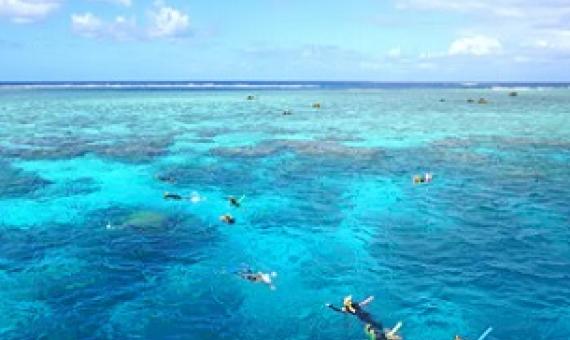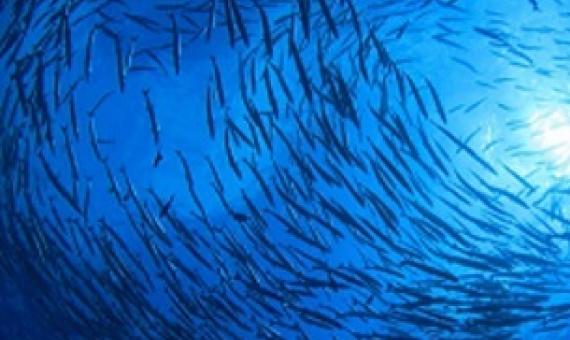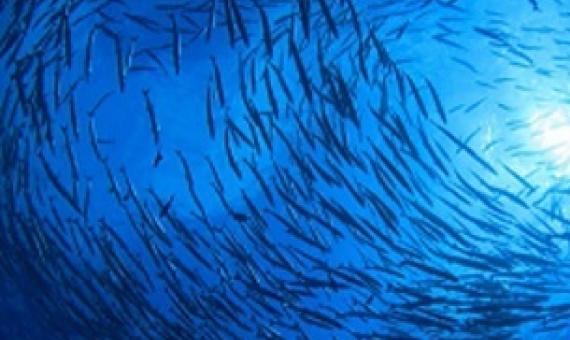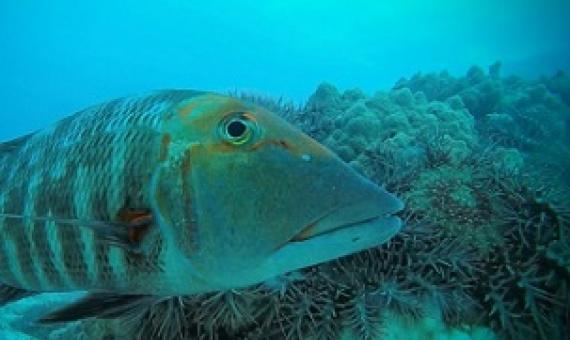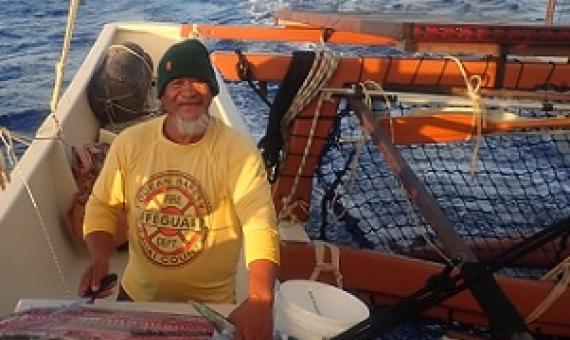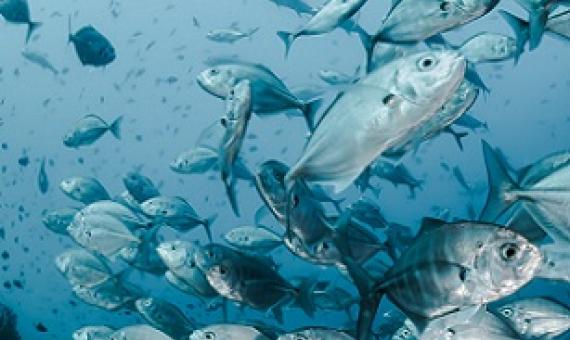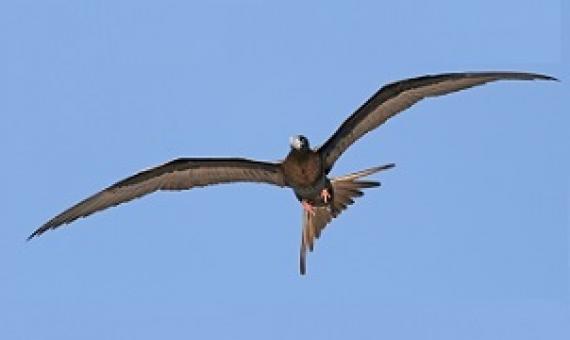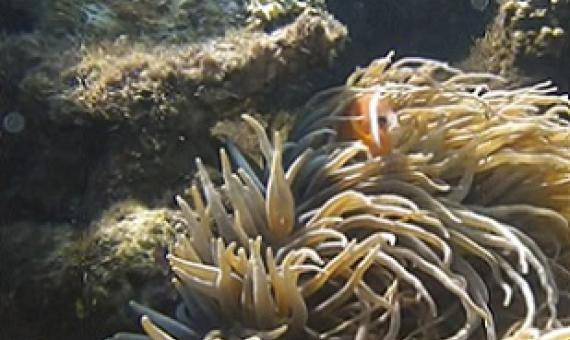Researchers believe a new approach to policing marine parks, including tackling the psychology of poaching, could yield massive benefits for fish numbers. Dr. Brock Bergseth from James Cook University led a study that looked at how Marine Protected Areas (MPAs) could be made more effective.
SEAPODYM 0.25° model hindcast
Tuna biomass (skipjack and bigeye tuna) variability over the period 1998-2019 simulated by the Spatial Ecosystem and Population Dynamics Model (SEAPODYM).
Here, we provide the unfished biomass dynamics (i.e. without considering any fishing). For each of the four tuna species we provide both the total biomass (adults + juveniles) and the larvae abundance.
This model is described in :
New research has pinpointed four high-traffic areas in the Pacific Ocean that should be considered of high priority if conservation efforts focused on large pelagic fishes such as tuna, blue marlin and swordfish are to be successful...researchers at UBC's Sea Around Us initiati
Coral Triangle
Coral Triangle documents
A new study led by University of Hawai’i at Manoa looked at the life cycles of ocean fish and how they get from the ocean to the dinner table. This study provided key insight into conservation and management of the surrounding waters. During their study, the university brought
Reef fish, such as emperors, tropical snappers and rockcods, help keep numbers of crown-of-thorns starfish in check on the Great Barrier Reef, according to a new study from the Australian Institute of Marine Science.
Everyone is wondering WTF? - Wheres the Fish? Anecdotally, across the Cook Islands people are talking about this big issues saying catches are low, even for this time of year, writes Te Ipukarea Society. Many reasons have been suggested, alot of which are valid.
Big fish are harder to find in areas sprawling with human activity, unless you're looking in no-take marine reserves, according to a new study led by marine scientists at The University of Western Australia.
A vast seabird colony on Ascension Island creates a "halo" in which fewer fish live, new research shows.
Reefs that were destroyed by the two recent cyclones earlier this year will take years to recover. This damage of the reefs between Viti Levu and Vanua Levu has affected fish supply.

